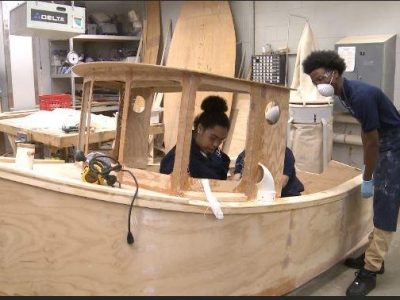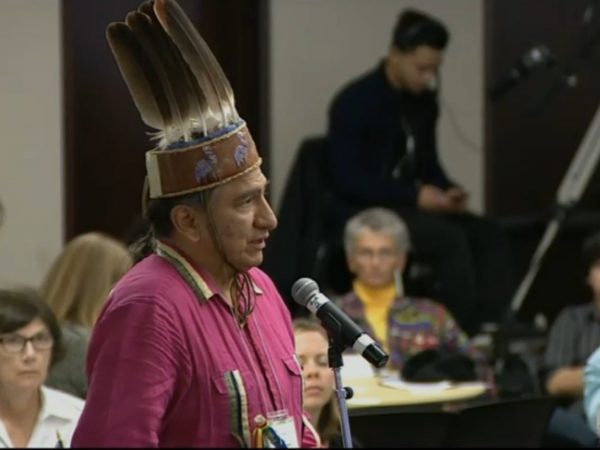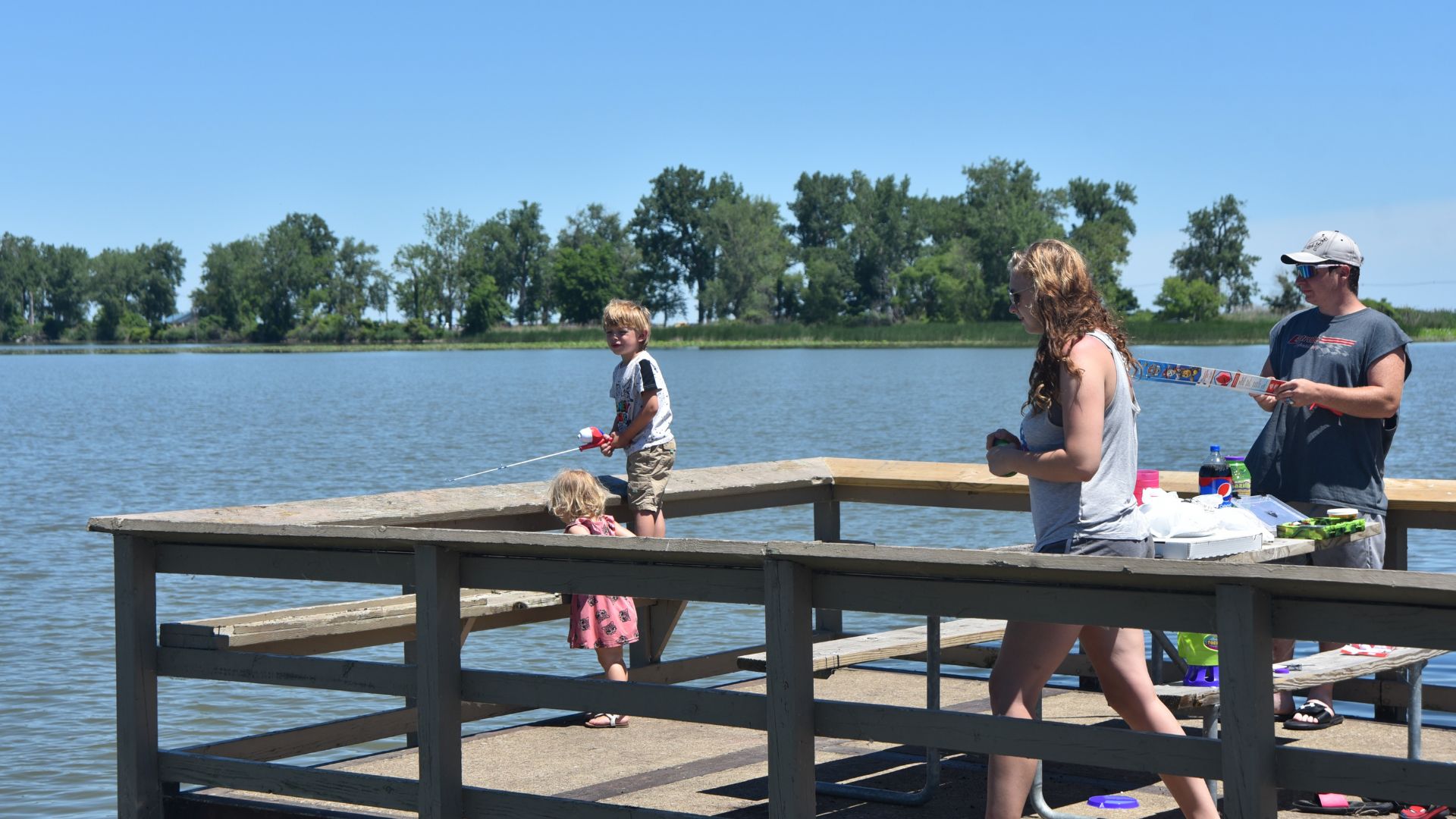
By James Proffitt
Spring 2020 saw almost all recreational activities come to a screeching halt: youth sports, fitness centers, bars and restaurants, theaters and virtually all public venues were closed. State parks, their visitor centers, campgrounds and restrooms were shuttered, too. Even school recesses and all the classes that surround them, were gone.
But as things began to re-open with social distancing, masks and limited attendance, people in the Great Lakes region flocked to the outdoors. And now two years later, they’re sticking with the outdoors and its myriad recreational opportunities.
“One thing we found is that people felt safe outside, and during the quarantine we saw that huge uptick in visitation and people went back to state parks,” said Heidi Hetzel-Evans, communications manager for Ohio State Parks and Watercraft. “They visited ones they knew already, and they started visiting new ones.”
She said the pandemic gave a serious boost to Ohio’s outdoors.
“What I always say is that the silver lining for COVID was that Ohioans re-discovered their state park system and the peace and joy of being outside with nature at a time when people really needed that.”
And that interest hasn’t faded even as concerts and indoor dining have returned.
Hetzel-Evans summed it up the current Ohio parks situation like this: “Every day is like a weekend, every weekend is like a holiday weekend, and every holiday weekend is off-the-charts busy.”
Outdoor recreation officials in other Great Lakes states like Michigan and Wisconsin all agree.
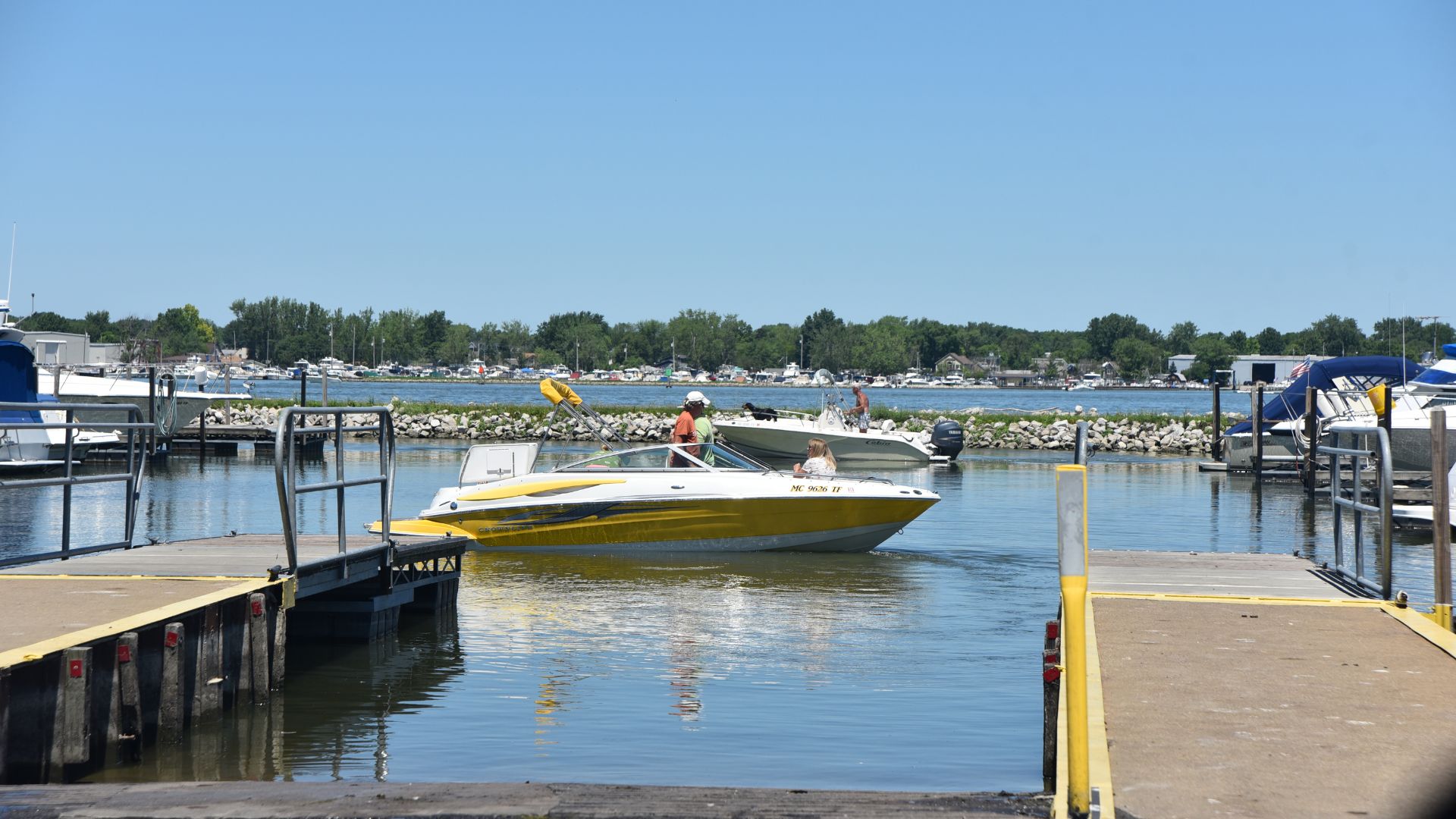
Pandemic caused huge surge in parks and outdoors usage
Steve Schmelzer, director of parks for the Wisconsin DNR, described Wisconsin’s current situation as off the charts too.
“We anticipate we’re going to have another record year for both camping and visitation,” he said. “Tracking from 2019 through 2021 camping is about a 30% increase with admission sales for park passes at about a 23% increase.”
The real surprise is camping sites booked this year through May. The number of campsites booked in the first five months has already surpassed all of 2019, Schmelzer said, and approaching the number of all bookings in 2021.
During the early pandemic period, Wisconsin closed their parks for several weeks – but that didn’t keep people away, Schmelzer said. Plenty still showed up at the parks and when campgrounds re-opened, the campers showed up.
“It was clear folks really wanted to get outside and they appreciated the opportunity to take a physical and mental break from the pandemic,” he said.
Hetzel-Evans said as soon as Ohio campgrounds re-opened around Memorial Day 2020 after a two month closure, people came, though 62% less than pre-pandemic 2019. But in 2021, by the time most pandemic restrictions had been lifted, camping skyrocketed by 290% with 195,468 nights booked. And through May this year, already 180,083 nights had been booked even before summer began.
But camping isn’t the only gauge to parks and outdoor facilities usage. The pandemic also spurred an uptick in folks getting onto the water.
In Ohio, canoe and kayak registrations jumped 11% from 2019 to 2021. In Michigan watercraft registrations jumped 11% from 2019 to 2020, though dropped back slightly in 2021 and 2022. Since Michigan doesn’t require kayaks and canoes be registered, it’s impossible to track those numbers, though officials speculate they went up significantly.
According to Dustin Isenhoff, Michigan DNR marketing and outreach specialist, throngs of younger people have gotten involved in the outdoors in the last two years.
“We saw, especially early on, a lot of younger users and females, a lot of growth compared to prior years. A lot of people were getting out that didn’t have all the latest and greatest gear, they weren’t the super outdoor users we see perennially every year. We saw a lot of folks ‘brown bag’ it out there, so it was certainly a new, different crowd getting out there.”
Isenhoff said like other Great Lakes states, Michigan’s parks, waters and wildlife are being used at record levels now.

More people fishing, hunting
While lockdowns, social distancing and working remotely (or being laid off) were all the rage in 2020, so was chasing fin and fur
“It’s safe to say people definitely had more free time during the peak of the pandemic, either unemployed or underemployed and they had more opportunity to get out. That shows up in all our surveys,” said Eric Lobner, director of Wisconsin DNR’s wildlife division. “We saw an increase in the number of licenses sold in a variety of areas and not only new license sales, but those people that were already hunters were going out more frequently.”
In 2020, about 30,000 more people hunted deer in Wisconsin than in 2019. License sales for a variety of hunting opportunities increased as well. While the number has fallen slightly, Wisconsin hunting participation is still ahead of pre-pandemic numbers. Those additional license sales mean more money for wildlife management.
In Michigan, total state hunting license sales in 2021 were 25% above 2019, accounting for an additional 33,000 hunters. State fishing license sales during that same period increased more than 15% accounting for an additional 85,000 anglers.
Although Wisconsin officials recorded a declining trend in license sales for several years, that reversed with the pandemic.
“In 2021 we saw the highest license sales that we’ve seen in the last seven years for Great Lakes stamps. We also saw the highest we’ve ever seen on inland trout stamps,” said Todd Kalish, director of the Wisconsin DNR’s fisheries program. “
And in a double-whammy, Ohio fishing operations received a huge boost due to a significant price increase in the cost of an annual license, which went from $19 to $25 annually as part of a pre-pandemic plan. Normally after a price increase, fishing license sales drop. But not during the pandemic.
“That was really huge for us,” said Andy Burt, licensing coordinator with ODNR. “Normally people are turned off by a price increase. But in this case, during the pandemic, people either didn’t notice it or they didn’t care. So it turned out to be the perfect time for a price increase.”
Burt said 2019 saw about 850,00 fishing licenses sold in Ohio. When the pandemic struck, even with the price increase, that number skyrocketed to about 926,000 in 2020.
“It really optimized our revenue,” Burt said. “Same thing with hunting license sales. Our sales jumped by about 20,000 during COVID. And a lot of those were youth hunters. That was to me the most important increase, getting youth involved and spending time with family, getting them exposed because they weren’t in school and they could actually get out in the field.”
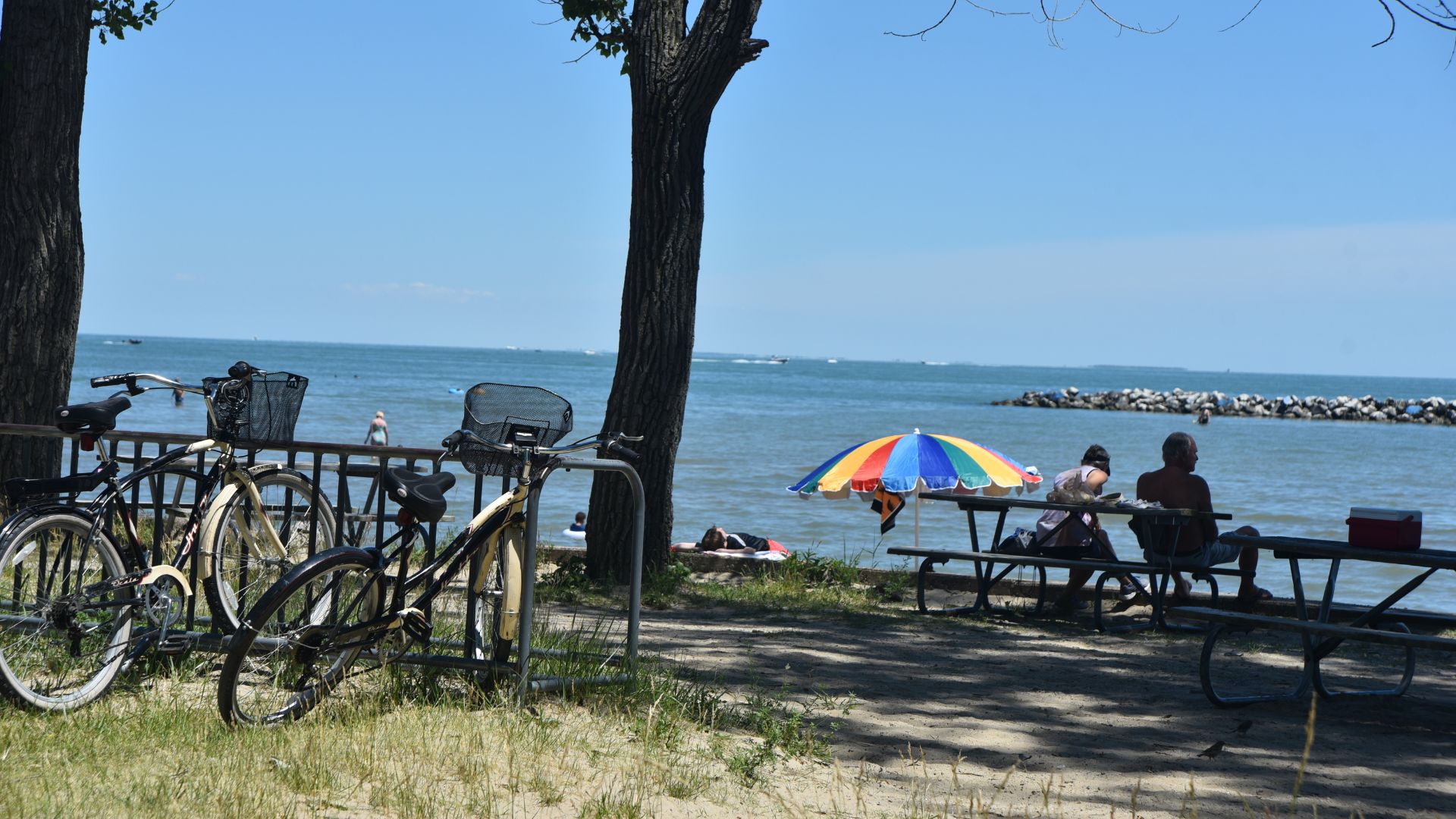
What it means for state programs
In Wisconsin, Schmelzer said additional revenues may play into the state’s desire to add more campsites and upgrading many sites to electric sites.
“Our system is basically 97% camping and its proceeds, there’s no general purpose revenue dollars at all that come to state parks and trails,” Schmelzer said. “So right now in the books we have some potential projects we’re looking at.”
While improvements to parks and natural areas and preserves are a constant, the pandemic added a financial boost and also changed some things. In Ohio, some pandemic adaptations became permanent.
“We changed a lot of things, like our physical touch-points throughout the system,” said Hetzel-Evans. “We actually no longer offer walk-in camping, all your reservations are online now. That reduced the time people have to interact with staff. Now just about everything we do is online.”
She also said some popular trails that were previously two-way trails have been re-fashioned into one-way trails for social distancing reasons.
Like Ohio, Wisconsin also moved to online systems, like admission stickers which can be purchased online and campsite reservations which are made online.
“During the pandemic these things were necessities, though now we look at them as conveniences,” Schmelzer said. “Campers used to have to come to the office to check in now if they get an admission pass they can go directly to their campsite and start to set up. People really like that aspect of it.”
While outdoors opportunities were limited briefly during the height of the pandemic, they are back. In full force. Some aspects of utilizing state parks, trails campgrounds, wildlife areas and boating sites have changed, but peoples’ love for them, post-pandemic, is growing.
“Everything that came along with the pandemic was a catalyst for outdoor recreation,” Isenhoff said. “Definitely still super-strong numbers from a lot of the Covid impact and nationally, we see that same thing as we follow the trends. It’s still hard to get and RV, still hard to get a boat.”
Despite short supplies of some recreational items, people are still getting out, still flocking to outdoor recreational opportunities.
“In Ohio it’s at every level, representing municipalities, cities, county metroparks – everyone saw a great increase in outdoor use whether it was camping, hiking, boating, kayaking, disc golf,” Hetzel-Evans said. “You can’t really point to anything outdoors that didn’t get a huge increase.”


